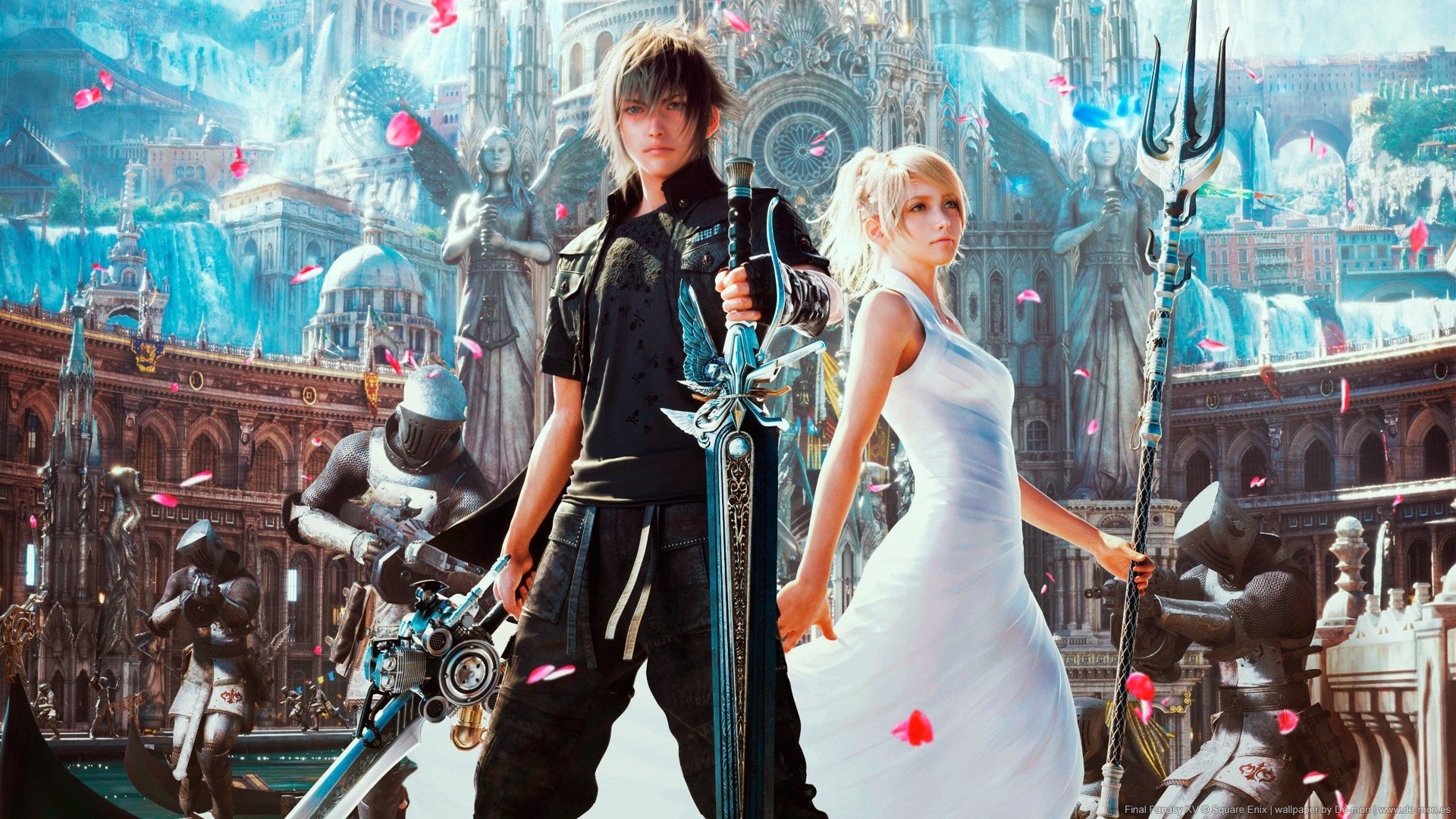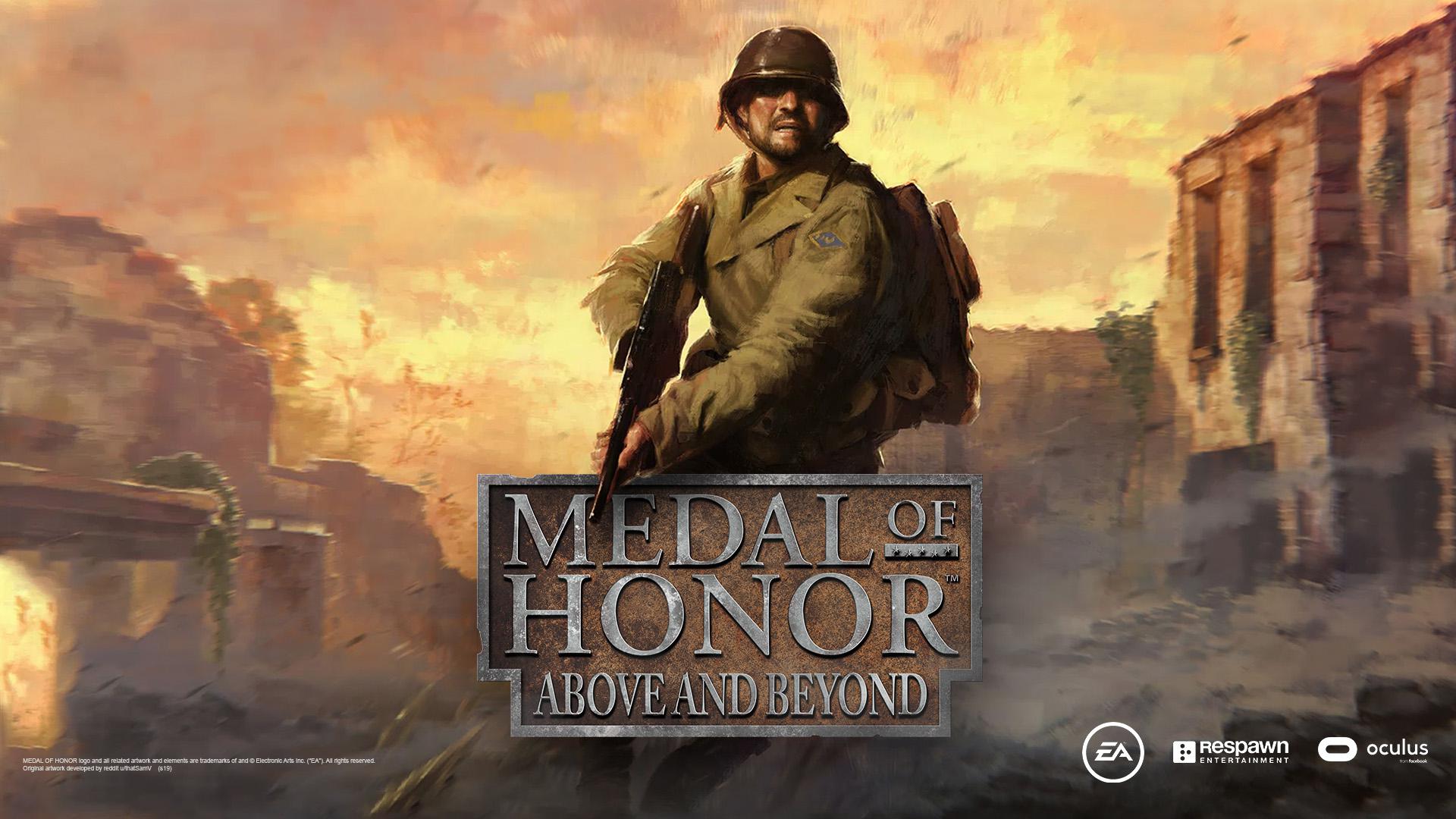The Final Fantasy series is one of the most celebrated franchises in gaming history. With its beginnings in 1987, the series not only helped shape the role-playing game (RPG) genre but also cemented itself as a cultural phenomenon. Developed and published by Square Enix (formerly Squaresoft), Final Fantasy has continually pushed the boundaries of what RPGs can achieve, from storytelling and gameplay to cutting-edge visuals and musical compositions.
The Last Ninja: A Complete Review on Commodore 64's Most Iconic Game
Long before ninjas were mainstream icons in gaming, The Last Ninja series carved out its own legend on the Commodore 64. With its striking isometric visuals, atmospheric music, and cinematic level design, it wasn’t just a game—it was a phenomenon. It blurred the lines between genres, blending action, exploration, puzzle-solving, and a touch of mysticism, all wrapped in a slick ninja aesthetic. To those who lived through the late '80s era of 8-bit gaming, The Last Ninja was more than just another title on a cassette tape—it was the closest thing to playing a martial arts movie.
The series gained notoriety for its visual style and revolutionary mechanics, but it also earned respect for its brutal difficulty and artistic ambition. Developed by System 3, a studio that always seemed to think beyond the limits of the hardware, the trilogy (and the ghost of a fourth installment) became synonymous with quality, innovation, and unforgiving gameplay. Every entry in the series built on what came before, offering not just new levels, but completely new moods and contexts—from ancient Japan to modern-day New York.
Medal of Honor: A Legacy Forged in History
When the first Medal of Honor game debuted in 1999, it did more than establish a new franchise—it revolutionized how video games could portray war. Developed by DreamWorks Interactive and published by Electronic Arts, Medal of Honor broke away from the science fiction and fantasy tropes dominating the first-person shooter (FPS) genre. Instead, it grounded itself in World War II history, offering players a gripping, cinematic experience that felt authentic, emotional, and deeply immersive.
This article takes you through the origins of Medal of Honor, a detailed review of the original game, and an in-depth exploration of all subsequent titles. We’ll also dive into the series’ genre, critical reception, gameplay formats, awards, and more.
Duke Nukem 3D: The King of ’90s FPS Mayhem
In the mid-90s, when first-person shooters were evolving rapidly but often lacked personality, Duke Nukem 3D burst through the door with a cigar in one hand and a shotgun in the other. Released in 1996 by 3D Realms, this game didn’t just add another notch to the belt of classic shooters—it blew a hole in the wall and rewrote what people expected from the genre. It was chaotic, irreverent, brutally fun, and packed with charisma.
At a time when many FPS protagonists were voiceless avatars—mere weapons with legs—Duke Nukem brought swagger. He didn’t just shoot aliens. He taunted them. He dropped one-liners mid-battle, flexed in mirrors, and quoted action movies with a grin that bordered on parody. He wasn’t just part of the game—he was the game.
Beyond Duke’s personality, the game introduced elements that pushed the genre forward: interactive environments, multi-layered level design, alternate firing modes, and an arsenal that felt dangerous in all the right ways. It wasn’t just about shooting your way through a corridor. It was about blowing holes in walls, flushing toilets, watching strippers, and laughing maniacally while sending pig cops to hell.





